 Let’s look at the level of consciousness of neutrality and the definition of staying neutral or holding neutral ground. It’s far more powerful (in consciousness) to hold a neutral position on any topic than “being right to prove another wrong” or having to hold a position on anything.
Let’s look at the level of consciousness of neutrality and the definition of staying neutral or holding neutral ground. It’s far more powerful (in consciousness) to hold a neutral position on any topic than “being right to prove another wrong” or having to hold a position on anything.
This week’s episode of The Awakening Quest: 1001 Ways to True Power and Conscious, Elevated Living, aka “Your Weekly Dose of Higher Consciousness,” looks at the level of consciousness of neutrality. This is based on the life’s work of Dr. David R. Hawkins’ research into consciousness, as it is now conveyed on the Map of Consciousness® from his renowned book, Power vs. Force.
AFFILIATE DISCLAIMER: The Gardener’s Gentle Reminder
In the sprawling garden of the internet, some of the seeds we plant are special. If you choose to water them (aka click on affiliate links and make a purchase), we might get a sprinkle of support in return. It helps us keep the garden lush and vibrant without any extra rain from your pocket! Rest assured, our green thumbs only point you towards products we truly believe could make your garden flourish, too.
Let Go of Pride & Being Right. Step Into the True Power of Staying Neutral
S1 E1
 If you are tired of the battle within you and of the ego battle with others, I invite you to the POWERFUL level of consciousness of staying neutral and holding neutral ground, which is 250 on the Map of Consciousness®.
If you are tired of the battle within you and of the ego battle with others, I invite you to the POWERFUL level of consciousness of staying neutral and holding neutral ground, which is 250 on the Map of Consciousness®.
I consider it a “power-play” in consciousness because 85% of the planet operates from the level of consciousness below 200 on the Map of Consciousness, which, at best, is righteous pride or having to “be right.”
Any way of being below 200 is a negatively oriented, downward-pulling energy field that is destructive, not constructive. It is not a level of consciousness that can solve problems. It only creates problems.
So, let’s look at the definition of neutrality from the Merriam Webster Dictionary:
The Meaning of Neutrality is:
: the quality or state of not supporting either side in an argument, fight, war, etc. : the quality or state of being neutral
-
The country adopted an official policy of neutrality.
-
The newspaper is known for its political neutrality.
It may not seem logical to the lower mind or mind of the ego that letting go of pride or being right or having a position on everything is necessary to “be in control” of one’s life and safe.
Having to be in control, right, and perfect is actually a lower level of consciousness for which there is no power and no real safety!
Listen in as I discuss the power of the neutral level of consciousness on Dr. David R. Hawkins’ Map of Consciousness®.
Today, I discuss what a freeing and powerful position it takes to step into NEUTRAL.
I also discuss everything that is going on at the level of NEUTRAL, including the:
 Consciousness Calibration of Neutrality is 250 or 10 to the 250th power on the Map of Spiritual Progress.
Consciousness Calibration of Neutrality is 250 or 10 to the 250th power on the Map of Spiritual Progress.
To put this level into context, most of the planet calibrates below 200 on the MOC. There is no “energy” or power to create below 200 ( or 10 to the 200th power) on the map.
Process Going on in Neutrality – and at this level of consciousness is RELEASE.
The process of letting go is a release. When you let go of pride and have to “be right and prove others wrong,” there’s an energy surge into what I have experienced as freedom!
When you realize you are breaking free from energy fields that inherently drag you down and back into the “bucket of crabs,” you can’t help but experience freedom and the higher level of consciousness known as neutrality.
Emotion at this level of neutrality is TRUST- feel the energy of release and trust and step into neutrality. This is an impersonal attractor field of energy. As simple as that. There is no judgment on which energy field you focus on. Now that you have come to the awareness of the energy field of righteous pride (190) , as opposed to neutral (250), then you can consciously choose where you want to be and how you want to feel. If your life reflects struggle, stepping into the true meaning of neutrality is a significant leap in consciousness.
Self-view at the Level of Consciousness of Neutrality is SATISFACTORY- self-criticism and self-judgment have essentially died away. It’s an old destructive toy in your box that no longer serves you. You ARE worthy. At the level of consciousness of neutrality, unworthiness is a non-issue. It’s a fleeting look back at what you may have held true in the past. Again, it’s really freeing to step into the consciousness level of neutrality on any issue in your life.
Your GOD view at the Level of Consciousness of Neutral is ENABLING. Take a minute and consider what your God view is. Listen to my videocast as I help you understand what’s going on in your own energy field as it relates to how you view God, if you even view God as existing at all.
Again, the “energy” of this field is reflected in all of these: the process, the emotion, the self-view, and the GOD view.
When you experience the power level of consciousness of NEUTRALITY, you step into FREEDOM!
Give it a try!
Get Help Letting Go of Pride & Holding a Powerful Neutral Ground
I’ve consciously curated resources that calibrate above 200 on the Map of Consciousness® to help you remain neutral, let go of pride, and align with higher consciousness. The following are renowned spiritual leaders and teachers who can help you.
How Else Can You Be More Neutral in Your Life? What Else Does Neutrality Mean or Look Like?
Here are some calibrated levels of consciousness* that are around the energy field of the level of consciousness of neutrality:
Other Ways of Being-Calibrated Level of Consciousness = 250
 Sublimation (psychology)–“a mature type of defense mechanism, in which socially unacceptable impulses or idealizations are transformed into socially acceptable actions or behavior, possibly resulting in a long-term conversion of the initial impulse” – wikipedia
Sublimation (psychology)–“a mature type of defense mechanism, in which socially unacceptable impulses or idealizations are transformed into socially acceptable actions or behavior, possibly resulting in a long-term conversion of the initial impulse” – wikipedia- Mindfulness of speech -Request: Ask yourself if what you are about to say is true. Kind? Necessary?
- Allow yourself to have negative feelings —When one experiences negative emotions, hold an attitude of allowance.
- Neutral-250
- Disliking being under other people’s authority—excluding vague things like being a citizen subject to laws but including more personal ones like having bosses, having senior family members, etc. Technically, one can leave a job and break up with family, but the consequences may not make it a viable option.
- Emotional Intelligence: Why It Can Matter More Than IQ –by Daniel Goleman. “Although shaped by childhood experiences, emotional intelligence can be nurtured and strengthened throughout our adulthood—with immediate benefits to our health, our relationships, and our work” — amazon.
- Swallowing your pride –to decide to do something although it will make you feel embarrassed or ashamed — dictionary.cambridge.com
All of these consciousness calibrations come from ConsciousnessCalibrations.com.
Want Even More Ways to Break Free & Into More Neutrality?
check out the offerings from The HeartMath Institute. The power of the heart is significant in consciousness! In fact the heart chakra calibrates at 505 on the MOC. The HeartMath Institute calibrates at 460 on the MOC. When you learn to connect with the power of the heart and reach what is referred to as heart coherence, significant changes can come into your experience. Check out some of HeartMath’s heart coherence training programs below.
The Power of Neutrality in Conflict Resolution
In today’s ever-evolving world, embracing and upholding neutrality can significantly impact how we navigate conflicts and arguments. From reducing tension to fostering better understanding, neutrality offers a balanced approach. Let’s dive into the facets of holding neutral ground and understand its transformative power.
What Does It Mean to Hold Neutral Ground?
Neutrality means not having or expressing a position on a matter that stirs controversy. This non-expressive stance isn’t merely about avoiding assertions but extends to the way we ask questions and engage in discussions. In the context of mediation or conflict resolution, neutrality ensures that the process is transparent and unbiased[1].
Benefits of Staying Neutral
Remaining neutral can bring about numerous benefits. Firstly, it prevents the escalation of negative emotions that typically arise from taking sides. By maintaining an objective stance, we can assess different perspectives more comprehensively and make informed decisions. Moreover, neutrality helps sustain relationships by averting unnecessary divisions[2].
How to Maintain Neutrality
Gather Diverse Perspectives
One keystone of maintaining neutrality is gathering facts and viewpoints from all parties involved. Avoid making assumptions or judgments based on incomplete information. This practice ensures you base your evaluations on objective data[3].
Focus on Facts
Before expressing an opinion, ensure you have all the facts. Strip down communication to its basics, making it fact-based rather than embellished with persuasive language that could reflect bias[4].
Check Emotions at the Door
Keep your emotions in check. Acknowledge your biases and strive to set them aside. Recognize the emotional states of those you’re engaging with, but don’t let those emotions dictate your stance[4:1].
Create Neutral Spaces
For productive disagreements, choose neutral spaces, both physically and metaphorically. This setting encourages the free exchange of ideas and reduces the feeling of territorial defense, fostering a more open dialogue[5].
Strategies for Effective Neutral Communication
Practice Active Listening
Listen actively without planning your response while the other person is speaking. This practice shows respect and helps you understand their perspective fully before reacting[6].
Stay Curious and Open-Minded
Approach discussions with curiosity. Ask open-ended questions and remain genuinely interested in understanding the other person’s viewpoint. By doing so, you can guide the conversation in a balanced manner[6:1].
The Impact of Neutrality on Relationships
Conflicts, if unresolved, can take a toll on mental and physical health. Neutrality helps facilitate fair and balanced dialogues, essential for resolving disputes amicably. It also contributes to peace by ensuring that all parties feel heard and respected[7].
Fair Outcomes and Win-Win Solutions
Facilitating a fair dialogue where all parties’ perspectives are considered fosters a culture of respect and understanding. This approach is key to finding mutually acceptable solutions in conflicts[8].
Intending Win-Win Solutions
The concept of win-win solutions in conflict resolution is rooted in the idea that both parties can emerge with their needs met and their dignity intact. This approach is influenced by principles found in integrative negotiation and collaborative problem-solving. Here’s a holistic look at the significance of win-win solutions:
Enhanced Collaboration
Striving for win-win solutions encourages collaboration rather than competition. When all parties are invested in finding a mutually beneficial outcome, they are more likely to share information openly, consider each other’s perspectives, and work together to overcome obstacles. This collaborative effort can lead to innovative solutions that might not be discovered in adversarial settings[1].
Long-Term Relationships
Win-win solutions are essential for maintaining and even strengthening relationships post-conflict. In scenarios where parties continue to interact after a resolution—such as workplace disputes or community conflicts—a win-win outcome helps ensure ongoing cooperation and respect, minimizing future friction[2].
Decreased Recurrence of Conflict
When parties feel that their needs have been fairly addressed, they are less likely to harbor resentment or feel the need to revisit the conflict. This satisfaction reduces the likelihood of recurring disputes, contributing to longer-lasting peace and stability[3].
The Role of Consciousness in Conflict Resolution
Consciousness research demonstrates that our mental states, intentions, and awareness significantly impact how we experience and resolve conflicts. Here’s a deeper look at the power of consciousness:
Intentionality and Positive Outcomes
Intentionality is a critical element in shaping conflict outcomes. Research in consciousness studies suggests that individuals approaching conflict to achieve a win-win solution activate cognitive and emotional processes conducive to positive outcomes[4]. This intentional mindset fosters empathy, patience, and creativity—all crucial for effective conflict resolution.
Studies from positive psychology indicate that intention setting can alter our perception and behavior during negotiations. Participants who consciously intend to find mutually beneficial solutions exhibit higher trust and cooperation, leading to more equitable outcomes[5].
Mindfulness and Emotional Regulation
Engaging in mindfulness enhances one’s ability to remain neutral by improving emotional regulation and reducing automatic reactions to stress[6]. A mediator or negotiator who practices mindfulness can more easily maintain a balanced stance, better manage their biases, and facilitate a more calm and focused dialogue.
Furthermore, mindfulness can help parties in conflict to remain centered and open to compromise. By fostering a state of present-moment awareness, parties can better listen deeply and respond rather than react impulsively[7].
Proven Power in Consciousness Research
Consciousness research has provided empirical evidence that our awareness and intentions can significantly influence interpersonal dynamics. Here are some key findings:
The Observer Effect
Studies suggest that being observed or perceiving oneself as being observed can alter behavior—a concept related to the observer effect in quantum mechanics but applied to social interactions. In conflict resolution, being aware that one’s behavior is under scrutiny can encourage more thoughtful and respectful engagement[8].
Neural Plasticity
Research in neuroscience shows that intention and mindfulness practices can lead to changes in brain structures associated with empathy, emotional regulation, and problem-solving[9]. These changes enhance a mediator’s or negotiator’s ability to handle conflicts constructively and compassionately.
Attunement and Resonance
Interpersonal neurobiology explores how our neural systems resonate with one another. A mediator or conflict resolution specialist who remains calm and centered can help regulate the emotional states of the parties involved, facilitating a more constructive and less adversarial negotiation environment[10]
Discover Nonviolent Communication Resolves Even the Deepest Conflicts
Do you struggle to resolve conflict without resorting to criticism and judgment?
Differences arise in any relationship you have, whether at home or work.
Some become so serious that they tear apart you and the people you love.
But there is a way out of seemingly unresolvable conflicts. This path of nonviolent communication leaves everyone with a sense of fulfillment and intact self-respect.
Learn directly from Dr. Marshall Rosenberg, the creator and founder of Nonviolent Communication (NVC). NVC has been used by therapists, corporations, and anyone wanting to improve their relationship skills.
For the first time, you can access this special FREE training.
Conclusion
By integrating win-win solutions and harnessing the power of consciousness, mediators and conflict resolution specialists can transform how conflicts are navigated and resolved. Intentionality, mindfulness, and an understanding of the underlying cognitive and emotional processes empower facilitators to guide parties toward fair and sustainable outcomes. This approach resolves current disputes and sets a precedent for handling future conflicts constructively.
Footnotes:
- Fisher, Roger, William L. Ury, and Bruce Patton. “Getting to Yes: Negotiating Agreement Without Giving In.” Penguin Books, 2011.
- Lewicki, Roy J., Bruce Barry, and David M. Saunders. “Negotiation.” McGraw-Hill Education, 2014.
- Deutsch, Morton, and Peter T. Coleman. “The Handbook of Conflict Resolution: Theory and Practice.” Jossey-Bass, 2000.
- Tolle, Eckhart. “The Power of Now: A Guide to Spiritual Enlightenment.” New World Library, 1997.
- Seligman, Martin E.P. “Flourish: A Visionary New Understanding of Happiness and Well-being.” Free Press, 2011.
- Kabat-Zinn, Jon. “Full Catastrophe Living: Using the Wisdom of Your Body and Mind to Face Stress, Pain, and Illness.” Delta, 2009.
- Siegel, Daniel J. “The Mindful Brain: Reflection and Attunement in the Cultivation of Well-Being.” W.W. Norton & Company, 2007.
- Heisenberg, Werner. “Physics and Philosophy: The Revolution in Modern Science.” Harper Perennial Modern Classics, 2007.
- Davidson, Richard J., and Sharon Begley. “The Emotional Life of Your Brain: How Its Unique Patterns Affect the Way You Think, Feel, and Live—and How You Can Change Them.” Plume, 2013.
- Goleman, Daniel, and Richard J. Davidson. “Altered Traits: Science Reveals How Meditation Changes Your Mind, Brain, and Body.” Avery, 2017.
Suggested Reading
- “The Handbook of Conflict Resolution: Theory and Practice” by Morton Deutsch and Peter T. Coleman
- “The Mindful Brain” by Daniel J. Siegel
- “Flourish” by Martin E.P. Seligman
- “The Power of Now” by Eckhart Tolle
Can Serious or Difficult Conflicts Benefit from a Neutral?
The role of a neutral third party in conflict resolution cannot be overstated. When serious or difficult conflicts arise, emotions often run high, and parties involved may find it challenging to communicate effectively.
A neutral mediator can facilitate these discussions by providing an unbiased perspective, ensuring that all voices are heard equally. This impartiality helps de-escalate tensions and fosters a more collaborative environment where parties can focus on their underlying interests rather than their entrenched positions[1].
Moreover, engaging a neutral party in conflict resolution can lead to more sustainable and mutually acceptable solutions. The mediator guides the conversation, helping parties articulate their concerns and explore potential compromises.
This process not only aids in resolving the immediate conflict but also equips individuals with better communication skills for future disputes. By maintaining neutrality, mediators help build trust among the parties, which is crucial for achieving long-term peace and understanding[2].
Neutrality in conflict resolution also ensures that the process remains fair and transparent. When parties perceive the mediator as unbiased, they are more likely to engage openly and honestly in the discussions.
This transparency is vital for uncovering the root causes of the conflict and addressing them effectively. In essence, a neutral mediator catalyzes constructive dialogue, enabling parties to move past their differences and work towards a common goal[3].
Understanding Neutrality and Impartiality in Mediation
When discussing the power of neutrality in conflict resolution, it’s essential to distinguish between neutrality and impartiality, especially in mediation. Neutrality refers to a mediator’s lack of interest in the dispute’s outcome, ensuring they do not favor any party involved.
This concept is crucial for maintaining a balanced process where all parties feel heard and treated justly[1]. On the other hand, impartiality means that the mediator remains free from bias and treats all parties fairly throughout the mediation process[2].
While neutrality focuses on the mediator’s stance towards the outcome, impartiality emphasizes their behavior during the mediation.
The distinction between neutrality and impartiality can significantly impact the effectiveness of mediation. A neutral mediator does not have a personal stake in the dispute’s resolution, which helps them facilitate open communication and guide the parties toward a mutually acceptable solution[3].
Impartiality ensures that the mediator’s actions and decisions are fair and unbiased, fostering trust and cooperation among the parties[4]. By understanding and upholding both principles, mediators can create an environment conducive to resolving conflicts amicably and equitably.
Conclusion
Holding neutral ground in conflicts isn’t about disengaging or being apathetic. It’s about fostering an environment where all perspectives are valued and consensus is built on mutual understanding and fact-based communication. By embracing neutrality, we enhance our decision-making abilities and cultivate stronger, more resilient relationships.
Footnotes
Suggested Reading:
https://willisbusinesslaw.com/blog/mediation/the-neutrality-of-mediators/
https://medium.com/the-shortform/neutral-ground-the-benefits-of-not-taking-a-side-a50bcaba754f
https://teamcatapult.com/tag/maintain-neutrality/
https://www.linkedin.com/pulse/mastering-art-neutral-communication-bridging
https://www.linkedin.com/advice/0/what-strategies-help-maintain-neutrality-conflict-1jf0f
https://www.evanstonian.net/opinion/2020/10/20/you-cant-stay-neutral-in-times-of-injustice/
https://www.verywellmind.com/the-toll-of-conflict-in-relationships-3144952
https://www.linkedin.com/advice/1/how-can-you-maintain-neutrality-during-hr-conflict-fgafe
https://www.rmdelaney.com/blog/engagement-planning/tips-neutral-communication/
https://forge.medium.com/to-argue-productively-meet-in-a-neutral-space-f16d2d6c090
https://www.linkedin.com/advice/1/how-can-you-stay-neutral-during-group-discussions
https://www.linkedin.com/advice/0/how-can-you-maintain-neutrality-conflict-resolution-abdde
https://limitlessminds.com/neutral-thinking-is-limitless/
https://milnepublishing.geneseo.edu/interpersonalcommunication/chapter/9/
https://psychcentral.com/lib/benefits-of-effective-communication
https://brainly.com/question/813336
https://getmarlee.com/traits/neutral-communication
https://teamcatapult.com/maintain-neutrality-meetings-facilitator/
https://www.ccl.org/articles/leading-effectively-articles/communication-1-idea-3-facts-5-tips/
Cited Sources:
- https://willisbusinesslaw.com/blog/mediation/the-neutrality-of-mediators/
- https://medium.com/the-shortform/neutral-ground-the-benefits-of-not-taking-a-side-a50bcaba754f
- https://www.linkedin.com/advice/1/how-can-you-maintain-neutrality-during-hr-conflict-fgafe/
- https://www.rmdelaney.com/blog/engagement-planning/tips-neutral-communication/
- https://forge.medium.com/to-argue-productively-meet-in-a-neutral-space-f16d2d6c090
- https://www.linkedin.com/advice/1/how-can-you-stay-neutral-during-group-discussions/
- https://www.verywellmind.com/the-toll-of-conflict-in-relationships-3144952
- https://www.linkedin.com/advice/0/how-can-you-maintain-neutrality-conflict-resolution-abdde


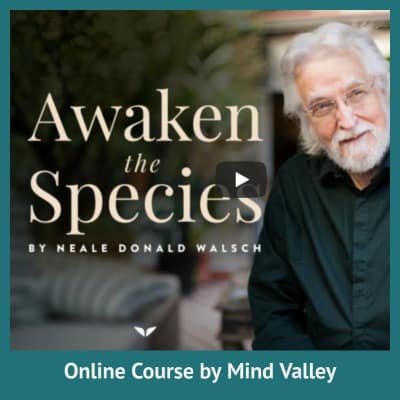
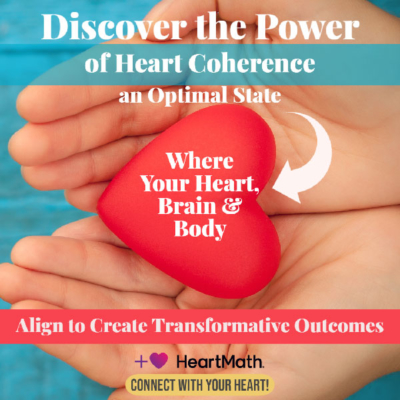





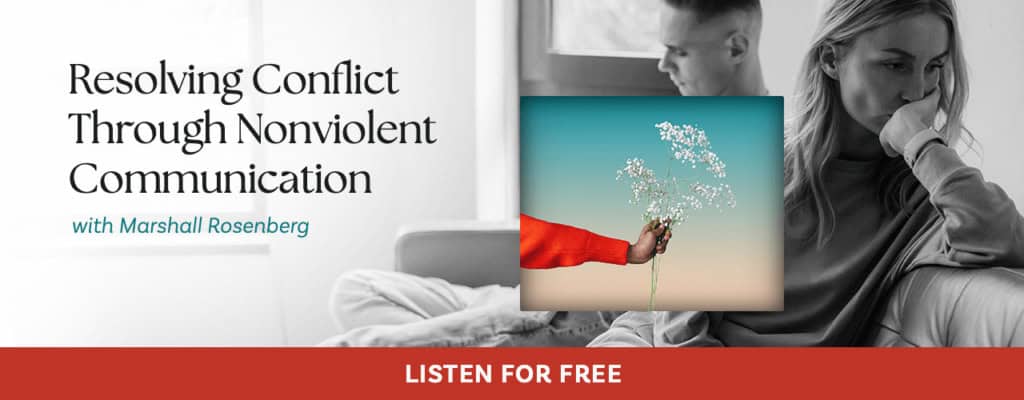




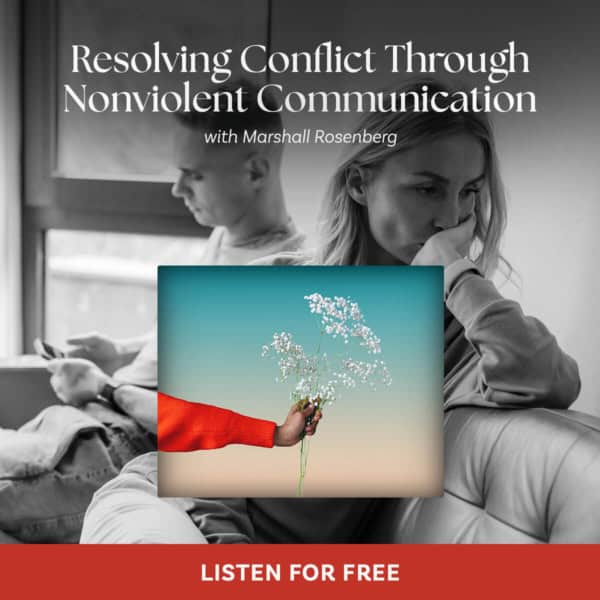
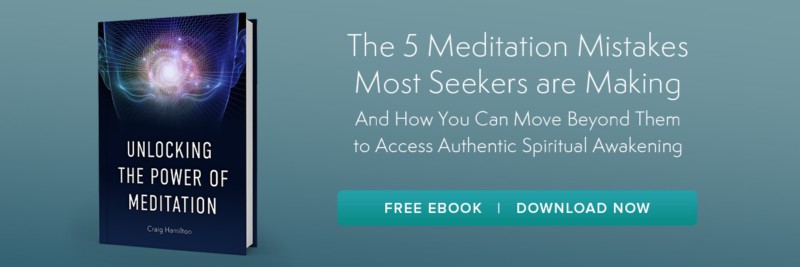


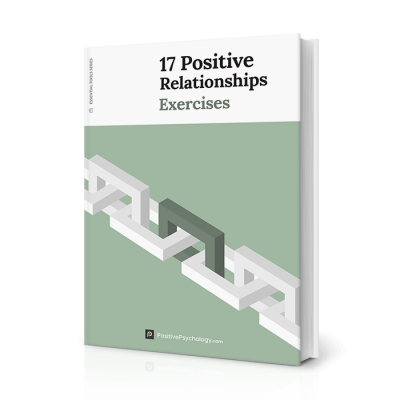
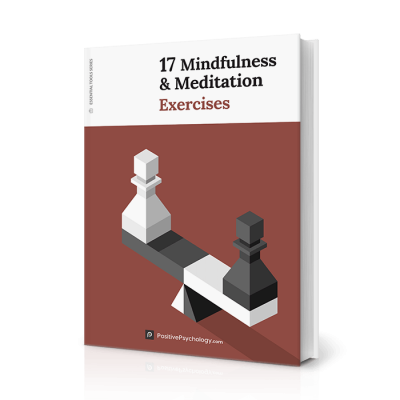

Leave a Reply